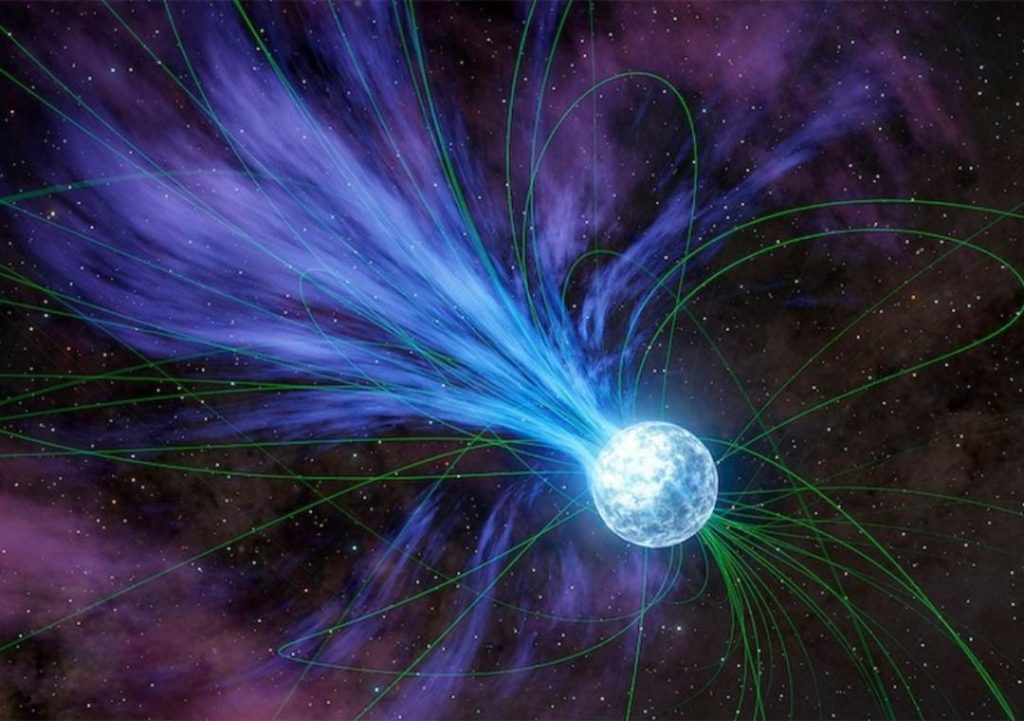
Gold & Platinum Created through Neutron Stars’ Explosions: Study
For centuries, humans have been fascinated by the origins of precious metals like gold and platinum. While we’ve long known that these metals are formed through geological processes, the exact mechanisms behind their creation have remained shrouded in mystery. However, a recent study led by Columbia University student Anirudh Patel has shed new light on the matter, revealing that magnetars – or highly magnetized neutron stars – played a crucial role in creating these elements in a cosmic event over 20 years ago.
According to Patel’s research, magnetars exploded and released flares that contained gold and platinum. These explosions, which occur approximately once per decade in the Milky Way and annually across the observable universe, are a result of the intense magnetic fields generated by magnetars. When these fields become unstable, they create massive bursts of energy that propel elements like gold and platinum into space.
The study, which was published in the journal Nature Astronomy, used data from NASA’s NuSTAR (Nuclear Spectroscopic Telescope Array) spacecraft to analyze the light emitted by magnetars. By studying the light spectra, the researchers were able to identify the presence of gold and platinum in the flares emitted by these cosmic events.
“This is a major breakthrough in our understanding of the origins of heavy elements,” said Dr. Fiona Harrison, the principal investigator of the NuSTAR mission and a professor of physics at Caltech. “We’ve known for some time that magnetars are powerful sources of high-energy radiation, but we hadn’t previously detected the presence of heavy elements like gold and platinum in their flares.”
The discovery has significant implications for our understanding of the universe’s elemental composition. For centuries, scientists have believed that elements like gold and platinum were formed through the collision of neutron stars or the explosion of massive stars. However, Patel’s research suggests that magnetars may be a more significant contributor to the creation of these elements.
“Magnetars are incredibly powerful objects,” said Patel. “They have magnetic fields that are trillions of times stronger than the Earth’s magnetic field, and when they explode, they release an enormous amount of energy. We believe that this energy is what drives the creation of heavy elements like gold and platinum.”
The research also has implications for our understanding of the universe’s metallicity – the abundance of elements heavier than hydrogen and helium. The presence of gold and platinum in the universe is thought to be relatively rare, and the discovery of these elements in magnetar flares suggests that they may be more abundant than previously thought.
“This study opens up new avenues for research into the origins of heavy elements and the properties of magnetars,” said Dr. Harrison. “We’re excited to continue studying these objects and learning more about the incredible processes that shape our universe.”
In conclusion, the discovery of gold and platinum in magnetar flares offers a fascinating glimpse into the universe’s elemental composition and the incredible processes that shape our cosmos. As scientists continue to study these objects and the events that create them, we may uncover even more secrets about the origins of the precious metals that have captivated humans for centuries.






